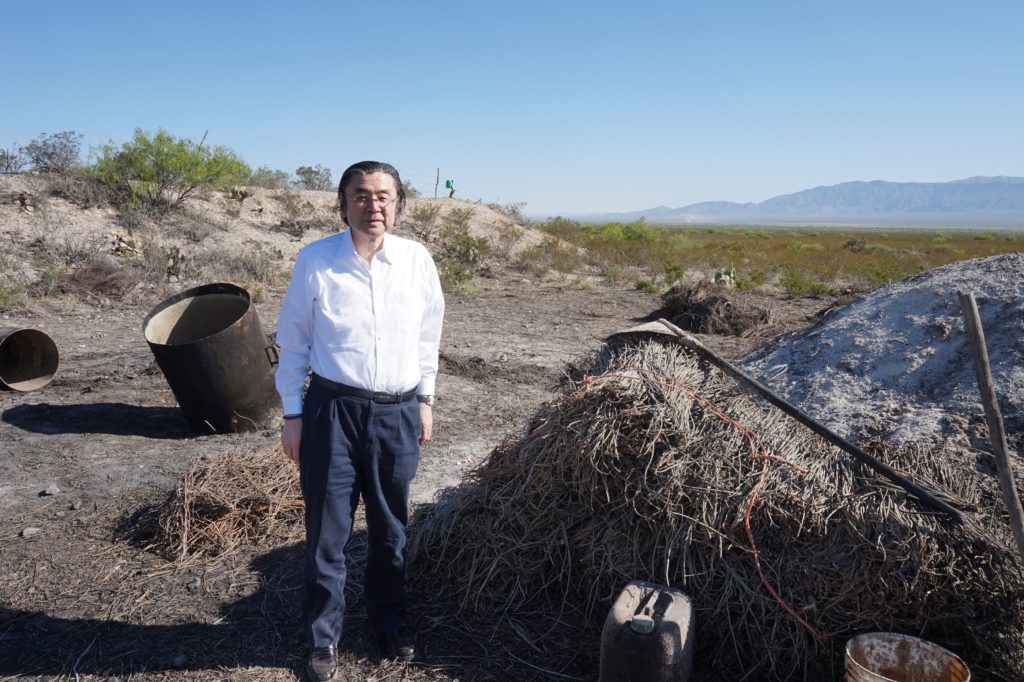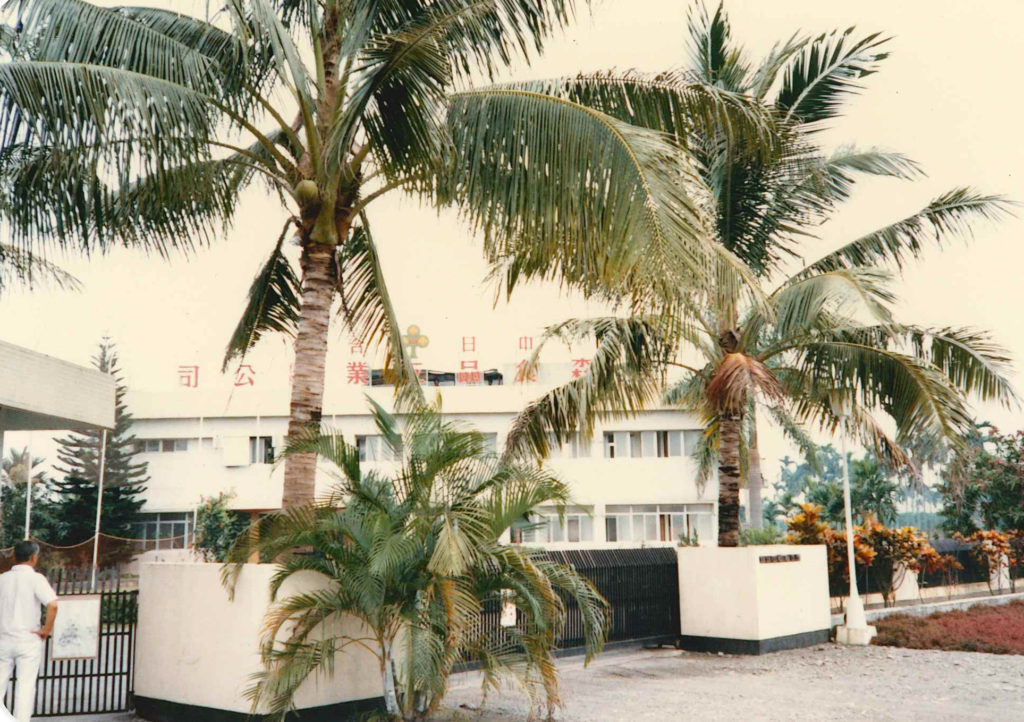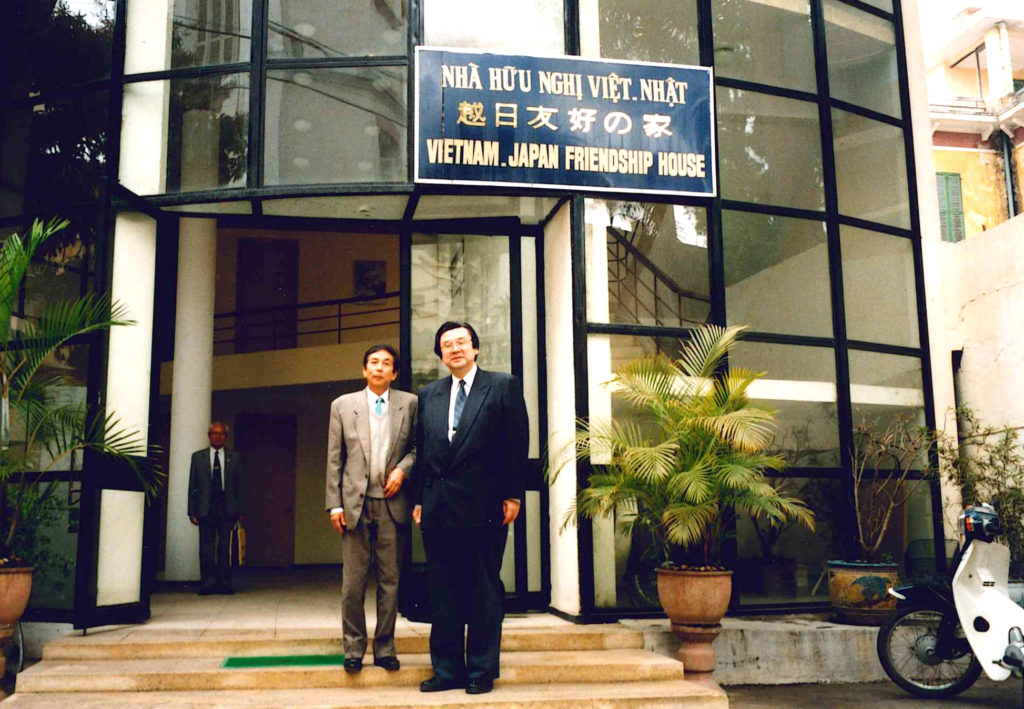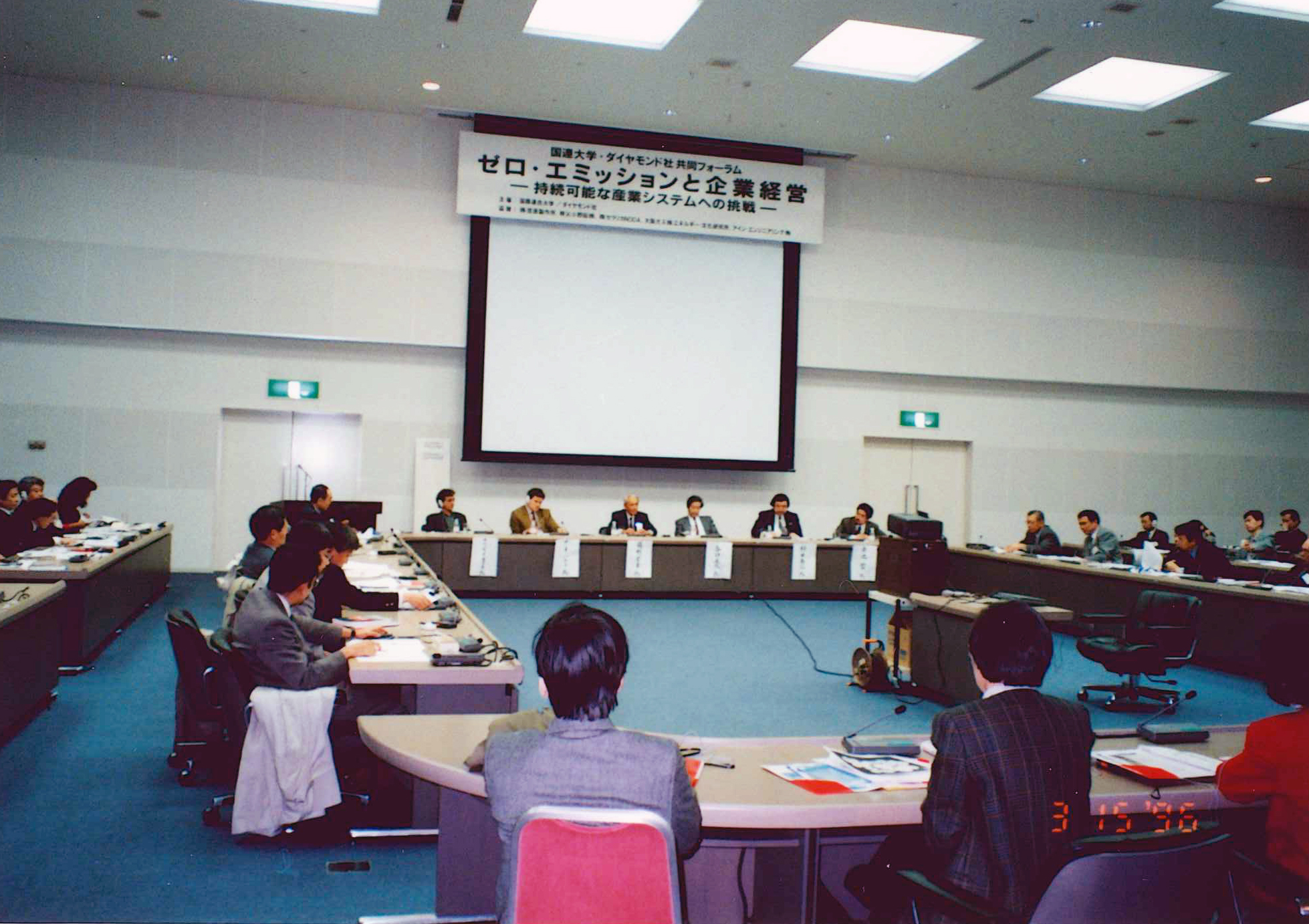CERARICA NODA's original SDGs story

"Towards coexistence between people, forests, and life"
CERARICA NODA's journey began with a phone call.
In the spring of 1985, JETRO (Japan External Trade Organization) announced that animal and plant waxes are one of the items that countries around the world most want Japan to import, and that they published import promotion materials for the purpose of accelerating the promotion of imports into Japan. I was told over the phone that I would be creating a new series about animals and plants for the ``Access Series''. While participating in this project and creating materials together, I learned for the first time that many countries are eager to export "animal and plant wax" to Japan. Therefore, I visited countries far from Japan, such as the hinterlands of China, Vietnam, Cuba, Mexico, and Brazil, to see with my own feet and eyes, and to deepen my understanding.
Many of the origins of "Life Wax = CERARICA " are in poor areas of developing countries with harsh climates. Based on the Noda family's traditional altruistic philosophy, CERARICA NODA aims to ``improve both the economy and the environment in impoverished areas around the world,'' which are far from Japan, by making use of nature and planting trees and raising insects. In cooperation with the government, we have been actively working on a raw material development project for ``Life Wax = CERARICA ''.
Since 1990, we have formulated a 21st century vision for the world, the `` CERARICA Concept,'' aiming for ``coexistence of people, forests, and life,'' and have been working to put it into practice.
CERARICA NODA will continue to use the `` CERARICA Concept'' not only in Japan but also around the world, with the aim of revitalizing villages and towns in areas that have been left behind and suffering from poverty, as well as achieving green economic development in developing countries. Please take a look at the activities that can be said to be the origin of the SDGs, which aim to create a sustainable, recycling-oriented society suitable for the 21st century and to make all people involved happy.
CERARICA NODA Co., Ltd. Representative Director and President

CERARICA NODA's original SDGs activities
◆ What is CERARICA concept?
◆What is true wealth?
◆Statement
Regional revitalization through Japan's initiative Japan wax
◆“ CERARICA Future Creation” initiatives overseas
・Opened vegetable extract factory in Taiwan
・China JICA Royal Wax/Snow Wax Project
・Life Law= CERARICA seminar held in Hanoi, Vietnam
・Participated as a panelist at the United Nations University Zero Emissions World Conference
Opened vegetable extract factory in Taiwan
When Yukisuke Noda, the company's predecessor, toured Taiwan for the purpose of conducting preliminary research on the planting of oak trees, he discovered that even if farmers in southern Taiwan produced onions for export to Japan, they could not export non-standard products of large or small sizes. First, I noticed that the locals were having trouble disposing of onions, as they were not used to eating them.
Therefore, in 1972, a new factory was built in Pingtung County in southern Taiwan to process the vegetables into high-quality vegetable extracts, with the aim of collecting all the vegetables and making effective use of them before throwing them away in the fields. The construction of the new factory not only solved the problem of unused rice piled up in the fields, rotting and emitting a terrible odor, which caused great distress to farmers, but also created the sauce for yakiniku, which was becoming popular in Japan at the time. We also contributed to the development of the food industry by developing high-quality vegetable extracts for instant ramen soups and instant ramen soups.

China JICA Royal Wax and Snow Wax Project
There are millions of species that are the most diverse among living things, and they have existed for hundreds of millions of years, but apart from bees and silkworms, which are familiar to our daily lives, and beetles and stag beetles, which children love, most of them are unsightly obstructive insects. Insects are always the target of ``killing'' with insecticides.
Japanese tradition is a civilization that makes the most of what is scarce.
We use all kinds of things comprehensively and use them up to the last without wasting anything. Furthermore, we have used wisdom in our daily lives and creatively expanded the scope of its use step by step. And just like grandma's rice bran bag, love has been poured into it, and many delicious and lively items have been created. With this Japanese mindset, we changed the previous idea of ``killing'' scale insects, which are representative pests, and began research with the idea of ``keeping them alive,'' which led to the Ministry of Agriculture, Forestry and Fisheries' insect industry project. With the hope that this research would eventually help China with its difficulties, CERARICA NODA and the Chinese Academy of Forestry Sciences formed the first JICA project in the forestry sector in China's history, resulting in the creation of royal wax and snow wax.


Cuba Sugarcane Project
Historically, Cuba has grown in abundance with sugar cane, so much so that it is known as the country of the sugar industry.
During the American colonial era, they not only produced sugar, but also industrialized sugarcane wax as a by-product. After the Cuban Revolution, the country concentrated on producing sugar, and the by-product sugarcane wax industry was forgotten. I received a request from the Cuban government to cooperate with them on the sugar cane issue, and on the first day of my visit, Mr. Rowe, director of the Ministry of Sugar, Cuba's largest ministry, unexpectedly visited my hotel room. As we talked passionately for about two hours, we both realized that our company's dream of "enriching local people with Life Wax ( CERARICA )" resonated with us, and we realized that Life Wax is a very promising resource that can be used in high-tech fields. When we proposed that our company and the Cuban government revive sugarcane production, Director Lowe said, ``Let's do it according to the plan that President Noda has in mind,'' and that the Cuban government's Ministry of Sugar would fully cooperate. He promised.
The top executive of the Cuban government, whom we were invited to lunch with, showed his honest and sincere attitude of taking the initiative in working with the people to value equality and his honest lifestyle. Before we knew it, our president also became a big fan of Cuba and started the Sugarcane Project. We proceeded between Japan and Cuba.
Life wax = CERARICA seminar held in Hanoi, Vietnam
As the day of my father's death coincided with the end of the Vietnam War, our president, who had had a strong interest in Vietnam since his student days, attended a meeting of the Japan-Vietnam Friendship Association and attended a meeting of the Japan-Vietnam Friendship Association.・I heard that Mr. Teng Huang was going to give a lecture and visited the venue. After the lecture, I was able to take some time to talk about the `` CERARICA concept''.
Life Wax = CERARICA aims to improve the environment, and instead of killing and using insects, it is a unique initiative based on a new concept of ``the idea of keeping them alive'', and an attitude that aims to lift the poor people in the production site out of poverty and realize affluence. I felt a strong sense of sympathy.
Mr. Phan, who is also the president of the Vietnam Academy of Sciences, made this idea a reality with the passion of Mr. Phan, who is also the president of the Vietnam Academy of Sciences.He gathered together the highest-level research institute directors in Vietnam's agriculture, forestry and bio- research CERARICA CERARICA Seminar'' was held in the capital, Hanoi, to spread the word that it is extremely positive

Participated as a panelist at the United Nations University World Conference on Zero Emissions
"Zero Emission" refers to the aim of using the ecosystem as a model, skillfully combining industries in various production fields, and using the waste generated from individual corporate activities as a resource for other industries, resulting in the elimination of waste. This is a future concept proposed by the United Nations University in the 1990s.
At the United Nations University's "World Conference on Zero Emissions" (attended by UNU President Desouza and advocates Fridtjof Capra and Gunta Pauli), our president was invited to talk about "CERARICA = Life Wax", which is born from the workings of nature and the virtuous CERARICA . However, he passionately talked about how this is a gift from life that essentially realizes the ideal of "zero emissions" (forests produce no garbage), and received strong sympathy from the proponents.
Regarding insects, he moved away from the modern ``research on killing'' and proposed a biological industry based on `` CERARICA At Capra's lecture, F. Capra highly praised CERARICA

Proposed the world's No. 1 beeswax contest at the International Federation of Beekeeping Associations (APIMONDIA) World Convention
We conducted research on high-quality beeswax in collaboration with the Bee Research Institute of the Chinese Academy of Agricultural Sciences.
Regarding beeswax, in 1995, at the world convention of the International Federation of Beekeeping Associations (APIMONDIA) held in Vancouver, we called on member countries around the world to hold the "World's No. 1 Beeswax Contest," and we promoted the use of beeswax as a high-tech material for compact discs. At the same time, we are aiming to revitalize the global beekeeping industry by emphasizing beeswax, a byproduct that has been neglected in the world's beekeeping industry, as a future resource. It was a great opportunity.




